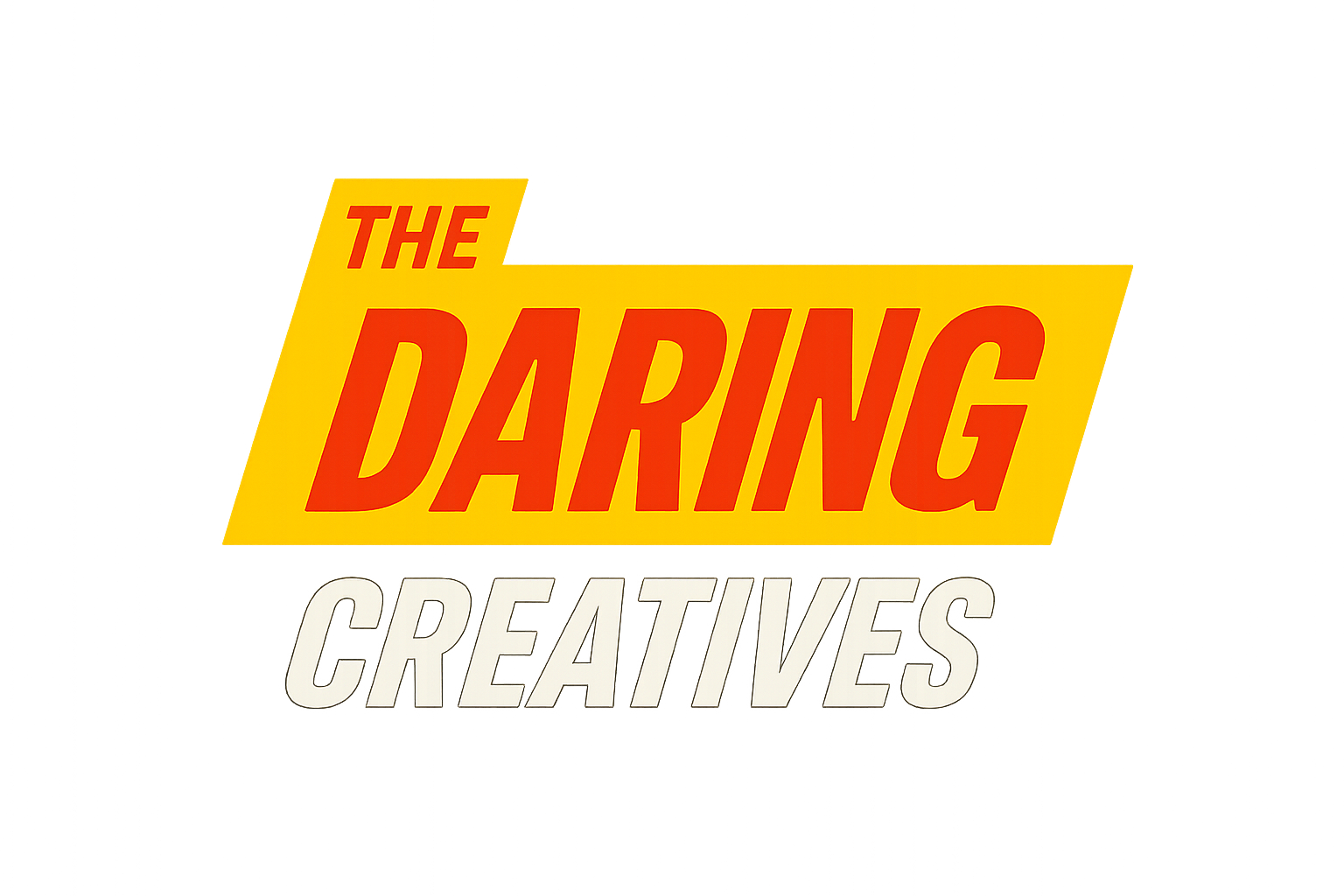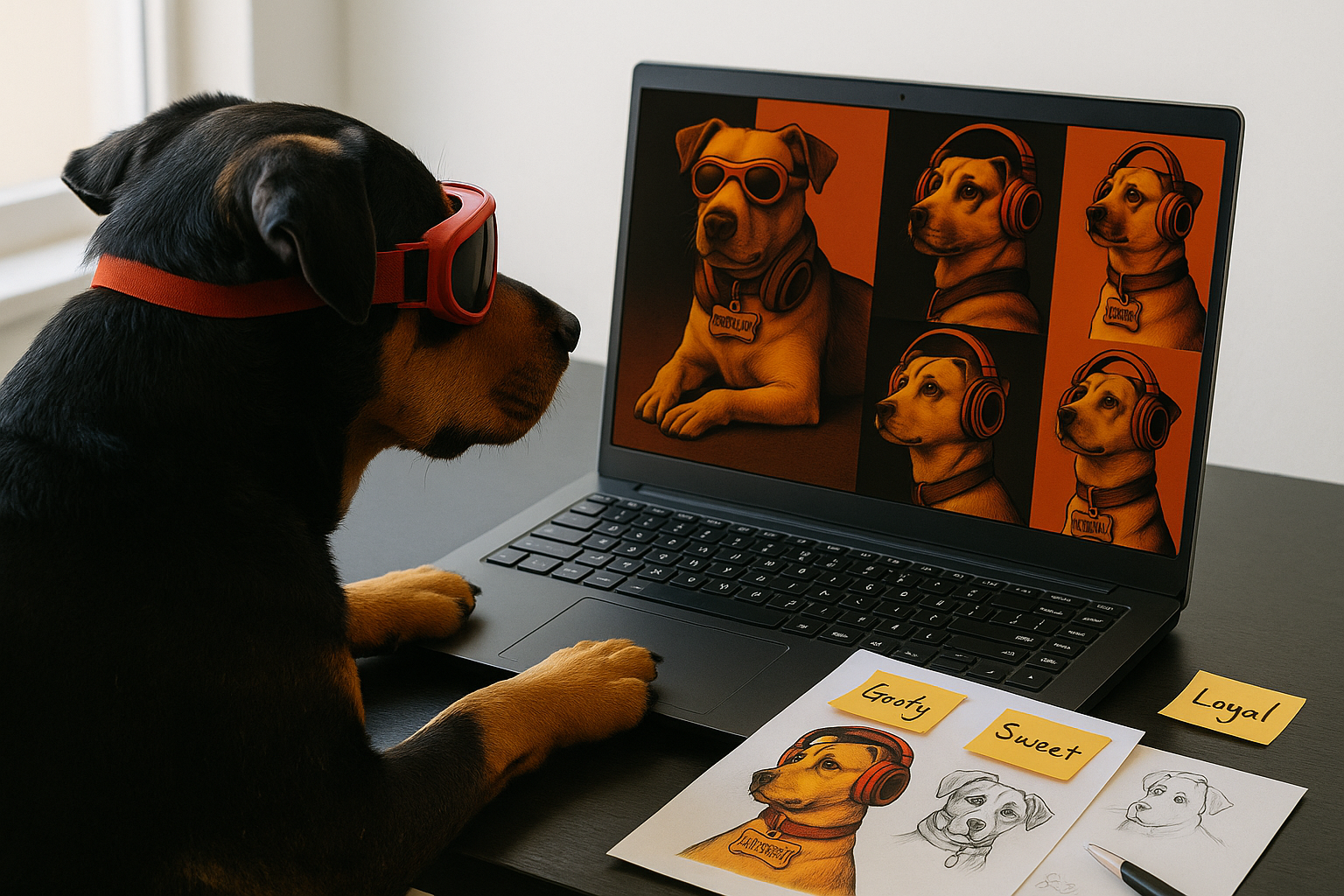You don’t need to be an AI expert to create a fun, useful character that represents your brand.
You just need:
- A clear idea of what your brand is about
- A willingness to play with words
- And ChatGPT. That’s it.
This guide will show you how to go from “vibe” to “mascot” using ChatGPT, without touching a design tool or learning any complex prompt engineering stuff.
Let’s go.
Why Characters Work (Even for Small Brands)
People don’t fall in love with products. They fall in love with personalities.
A good character or mascot can:
- Make your brand more memorable
- Help you explain things in a fun, human way
- Build trust and recognition over time
Even if it’s simple. A cozy little owl that shares your brand tips. A nerdy robot that answers questions. A talking piece of toast who shows up in your videos.
Characters stick. Especially when they feel intentional.
Step 1: Start With What Your Brand Is
Before you open ChatGPT, get a notebook or open a blank doc and jot this down:
- What do I want my brand to feel like? (e.g. friendly, smart, edgy, warm)
- Who am I trying to reach?
- What values or beliefs are central to what I do?
- If my brand was a person, what would they sound like?
You don’t need to overthink it. Just get a general feel. That’s what we’re going to feed into ChatGPT next.
Step 2: Ask ChatGPT to Help You Brainstorm
Here’s the easiest way to get started.
Go to ChatGPT and type something like this:
“You’re a creative brand strategist. I want help coming up with a mascot or character for my brand. My brand is [describe your vibe, values, audience]. I’m thinking something fun and memorable that I can use in my content. Can you give me 3 character ideas?”
ChatGPT might give you:
- A curious fox who explains complex topics
- A cosmic cat who represents creativity and wonder
- A coffee bean who tells short stories and morning mantras
Now you can ask for more:
“Make the fox idea more unique” or
“Tell me what the cosmic cat’s personality is like” or
“Give me a short backstory for the coffee bean”
You’re not fishing for a perfect answer. You’re shaping clay. You’re finding a spark.
Step 3: Build Out Your Character’s Personality
Once you’ve found a concept you like, ask ChatGPT to help flesh it out.
Prompt example:
“Can you describe this character in more detail? What do they look like? What’s their personality? What are 3 traits they’re known for? What’s their little backstory?”
Then you can follow up with:
- “How would this character introduce themselves in a social media post?”
- “What’s a funny or memorable catchphrase they’d say?”
- “Write a short paragraph of them talking to a customer.”
Now your character has a voice—not just a name or look. And that voice can help you make better content, consistently.
Step 4: Use the Character in Your Brand
This is where most people stop. Don’t.
Once you’ve got the character, use them:
- As a narrator for your videos or posts
- In your newsletter intros or customer emails
- On your website to explain your process
- As a “guide” in your digital products or onboarding
Characters give you a built-in tone. They remove the pressure of always speaking in “brand voice.” You can say things through your character that would feel weird if it came straight from you.
Personal tip: When I feel stuck writing, I ask, “How would the character explain this?” It makes things way more fun—and easier.
Step 5: Keep It Consistent
Once you decide on your character:
- Save the description
- Save the phrases or example messages
- Re-use that same personality and vibe again and again
That’s how people start to recognize the character as part of your brand. You don’t need 50 versions. You just need one character used well.
Optional: Visuals Can Come Later
This page is about ChatGPT, not image generation.
But if you do want to create a visual version of your character later, you can take your written description and use a tool like DALL·E, Midjourney, or work with a designer. ChatGPT can help you write the prompt for that too.
No pressure. You don’t need the picture to start using the character.
Final Thoughts
You don’t need to be “good at AI” to use ChatGPT well. You just need to know your brand and be willing to play.
This kind of stuff used to take branding agencies weeks. Now? You can sit down with ChatGPT for 30 minutes and walk away with a solid character, a voice, and a vibe you can build on.
That’s power.
And if you ever want help turning your idea into a story, content plan, or visual identity—I do that.
Let’s build something weird, sticky, and unmistakably you.

